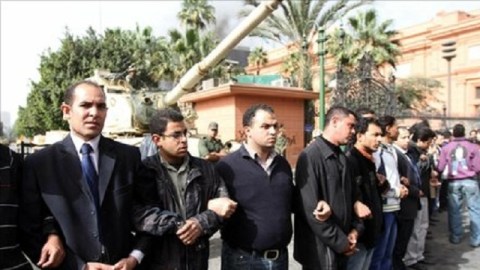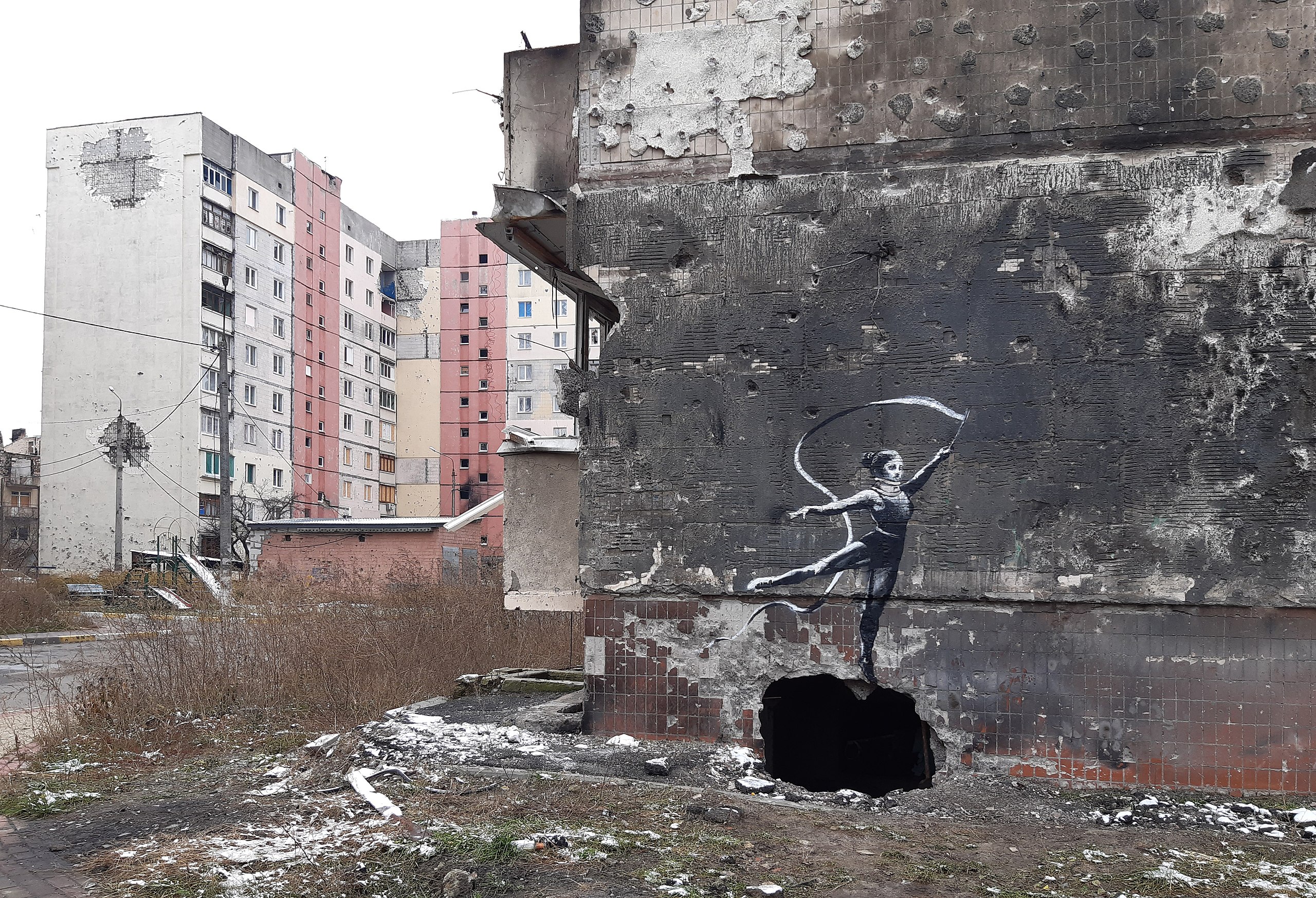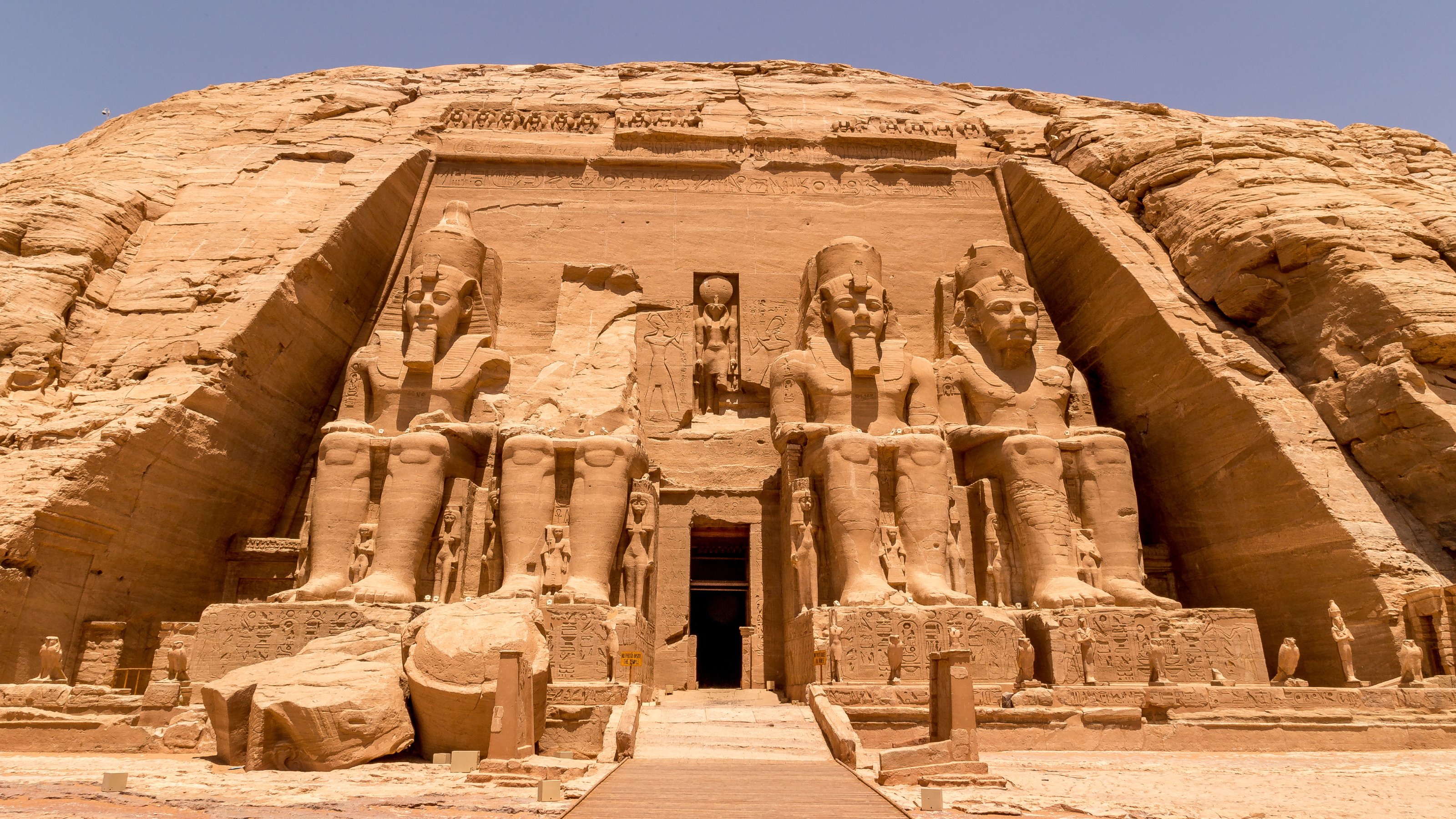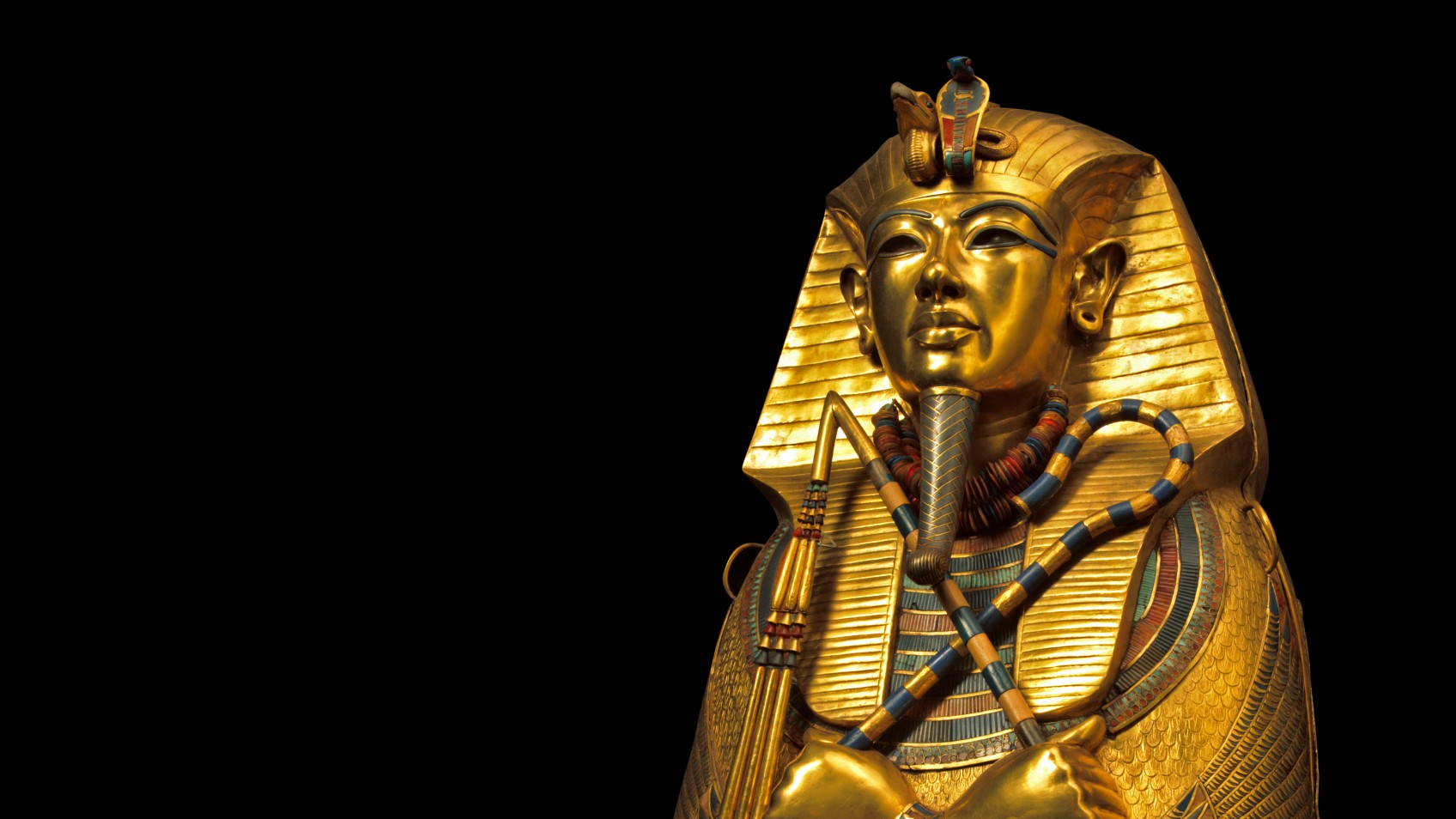Tomb Raiders: Looting Antiquities During the Egyptian Revolution

Watching American media outlets attempt to cover the events happening in Egypt over the past few days reminded me of just how ignorant we are about the rest of the world. For many Americans, Egypt remains the land of pharaohs, mummies, and pyramids and not the modern state so connected to the rest of the globe that the world-wide economic troubles finally trickled down the Nile and inspired the masses to protest against the ruling body. And, yet, pharaohs, mummies, and pyramids do play a part in the story of the past week in Egypt—a tragic tale. Details remain sketchy, but it seems pretty certain that damage has been done to antiquities in the Egyptian Museum in Cairo, home to the world’s biggest collection of pharaonic treasures, including the mummy of Queen Hatshepsut (Egypt’s only female pharaoh) and the greatest Egyptian artifact of them all—King Tutankhamun’s Golden Mask. King Tut rose to fame in the 20th century because tomb raiders never found his final resting place. Sadly, a new generation of tomb raiders might destroy in one sad moment of chaos what their predecessors missed over millennia.
The internet is still out in Egypt as part of the government’s attempt to regain control. The only source of images remains Al Jazeera, which has broadcast pictures of destroyed exhibits from inside the museum in Cairo (screenshots of which have been collected here and here). The bare facts of the case agree that protestors set fire to the headquarters of the ruling National Democratic Party, which is adjacent to the museum. After extinguishing the threat of fire, defenders of the museum’s collection fought back hoards of looters. According to the blog of Dr. Zawi Hawass, Egyptologist and Vice Minister of Culture in Egypt, looters broke through the glass ceiling of the museum and stole jewelry from the gift shop before destroying several exhibits in the museum, including two mummies. According to Hawass, the Tut gallery survived mostly unscathed save for a statue of Tut on a panther, which was broken and thrown to the floor. Hawass believes that everything damaged can be restored, thankfully. He credits the Egyptian army, police, and ordinary citizens for minimizing the disaster.
“What is really beautiful is that not all Egyptians were involved in the looting of the museum,” Hawass writes. “Sadly, one criminal voice is louder than one hundred voices of peace. The Egyptian people are calling for freedom, not destruction. When I left the museum on Saturday, I was met outside by many Egyptians, who asked if the museum was safe and what they could do to help.” In fact, some citizens formed a human shield around the museum (shown above), one of the few heartening pictures from a scene full of disheartening destruction.
Typical for the media-loving Hawass, he trumpets his own role in the protection and even soaks up the adoration of the Egyptian people, who “were happy to see an Egyptian official leave his home and come to Tahrir Square without fear; they loved that I came to the museum.” Hawass’ ties to the current government force us to read his comments with some skepticism, but he remains one of the few official voices heard from. Another inside source, the former director of the Egyptian Museum, Wafaa Al-Saddik, who now resides in Germany, told the German magazine Zeit Online that the museum’s own guards facilitated the looting, most likely motivated by their poor pay. Al-Saddik added that the museum in Memphis, Egypt, home to a giant statue of Rameses II, had been looted completely.
Again, at this point it’s hard to separate innocent speculation from politically motivated insinuation from established fact, but something bad is happening to the antiquities of ancient Egypt. “My heart is broken and my blood is boiling,” Hawass blogs. “[B]ut all the inspectors, young archaeologists, and administrators, are calling me from sites and museums all over Egypt to tell me that they will give their life to protect our antiquities. Many young Egyptians are in the streets trying to stop the criminals… I am very proud that Egyptians want to stop these criminals to protect Egypt and its heritage.” Hawass rightfully calls these looters “criminals,” but it’s easy to see how that label could easily be shifted onto those seeking freedom and not ill-gotten treasure. The fact that the museum and a political headquarters could be so closely linked shows just how inseparable culture and governmental control are in Egypt.
Experts in Egyptian politics (and I am decidedly not one of them) suggest that the government’s recent pull back of the army and police may have been done not to give in to the protestors but, instead, to sow the seeds of chaos (helped along by provocateurs planted by the government to incite violence) so that the government can later justify an authoritarian crackdown. It would be tragic to see the cultural treasures of Egypt become pawns in the political chess game being played right now between the populace and the unpopular government. What good would be preserving political power if it came at the cost of losing the very soul of your country as embodied in the rich tradition of the ancient pharaohs? As the United States and the world sit and watch and wonder what, if any, way they should intervene, perhaps they can factor in with the human cost in lives the human cost in culture. The pharaohs belong to all the world as one of the oldest cultures on Earth. Today we are all Egyptians in the quest for freedom, the quest for peace, and, hopefully, the quest to preserve the past.





